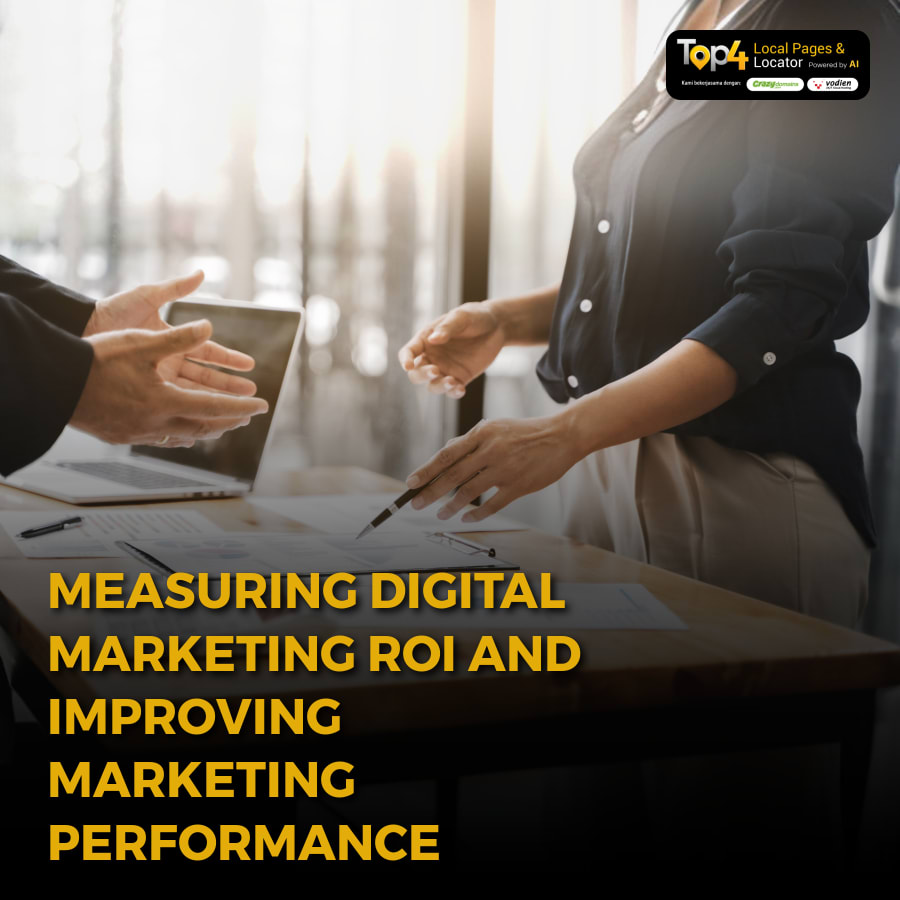Do you ever wonder if the money you spend on digital marketing is paying off? Knowing how to calculate return on investment for digital marketing can provide valuable insights into your campaigns, helping you make informed decisions. For local businesses and franchise owners, understanding and measuring Digital Marketing ROI is key to maximising profits and marketing performance.
Defining Digital Marketing ROI
Digital Marketing ROI, or return on investment, measures the revenue generated from digital marketing efforts relative to the cost. It's a vital metric that reveals the effectiveness and profitability of your marketing strategies. To calculate this, the most basic formula used is:
ROI = (Net Profit / Cost of Investment) x 100
This simple equation helps pinpoint whether your investment is yielding positive returns or if adjustments are needed to improve marketing performance.
Essential Metrics for Measuring ROI
Understanding the impact of digital marketing spend on business profits involves analysing various metrics:
- Conversion Rate: Measures the percentage of visitors who complete a desired action, such as making a purchase or signing up for a newsletter.
- Customer Acquisition Cost (CAC): Total cost of acquiring a new customer, including marketing and sales expenses.
- Customer Lifetime Value (CLV): The projected revenue a customer will generate during their relationship with your business.
- Click-Through Rate (CTR): The ratio of users who click on an ad to the number of total users who view it.
- Return on Ad Spend (ROAS): Measures the revenue generated for every dollar spent on advertising.
Effective Methods for Measuring Digital Marketing ROI
There are several techniques for analysing ROI from online marketing efforts, which include:
- Google Analytics: Provides comprehensive data on website traffic, user behaviour, and conversion rates, offering crucial insights into campaign performance.
- Social Media Metrics: Platforms like Facebook, Instagram, and LinkedIn offer analytics tools to measure engagement, reach, and conversions from social media campaigns.
- Email Marketing Metrics: Tools such as Mailchimp and Sendinblue track open rates, click-through rates, and conversions from email campaigns.
- CRM Systems: Customer Relationship Management systems help track customer interactions, sales, and retention rates, providing a holistic view of marketing effectiveness.
Understanding the Impact of Digital Marketing Spend on Business Profits
To grasp how digital marketing spends impacts your business profits, you need to differentiate between direct and indirect benefits. Direct benefits include immediate revenue from sales or leads generated through marketing campaigns. Indirect benefits might involve increased brand awareness, improved customer loyalty, and better market positioning.
Once you segment these benefits, it becomes easier to align your marketing efforts with your business goals, allowing for refined strategies that target areas promising the highest returns.
Conclusion
Measuring Digital Marketing ROI is not just about crunching numbers; it's about gaining a deeper understanding of how your marketing efforts contribute to business growth. By focussing on key metrics and employing effective methods for measuring ROI, you can make data-driven decisions that enhance your marketing performance and, ultimately, your bottom line.
At Top4 Marketing, our expertise can help you craft a local marketing plan that aligns with your business goals and local community needs. Let us assist you in maximising your online strategy. Visit Top4 Marketing blog for more insights to elevate your business to new heights. Contact us today and start your journey towards local marketing success.


 SAUDI ARABIA
SAUDI ARABIA

























